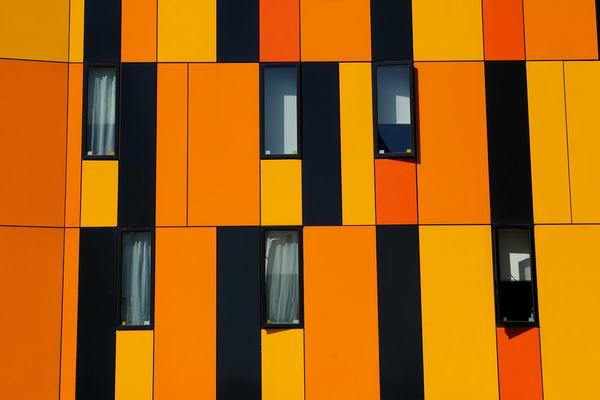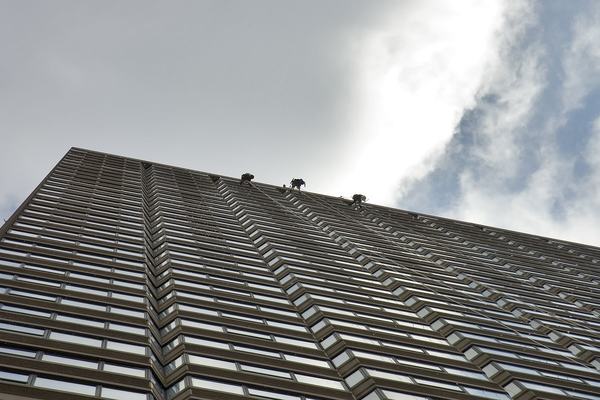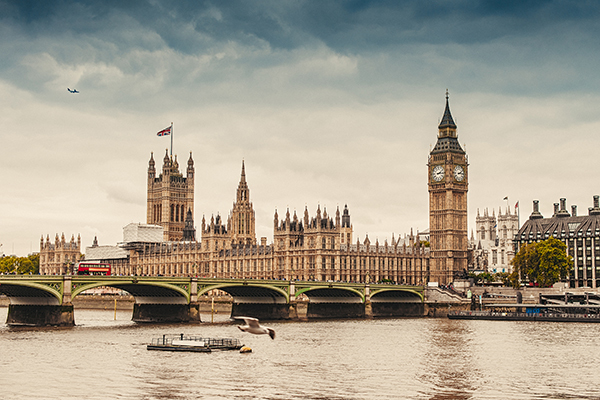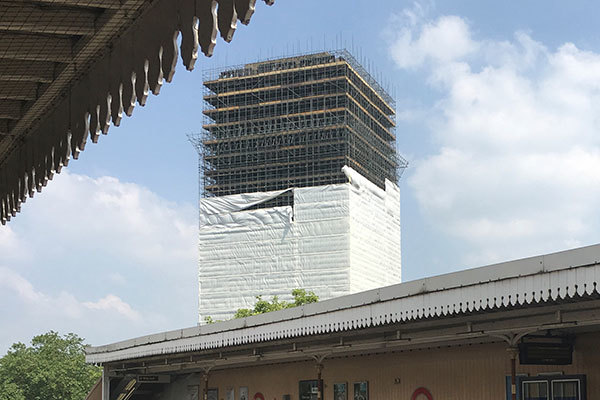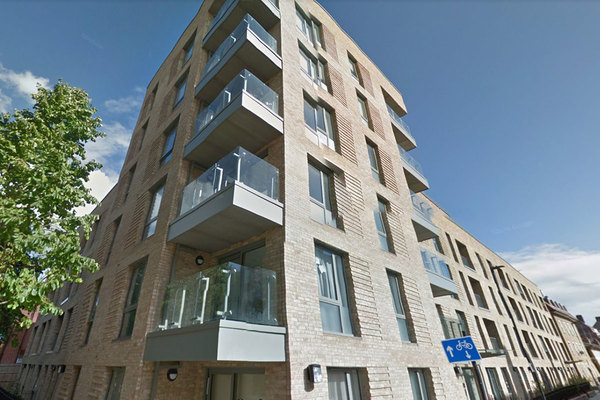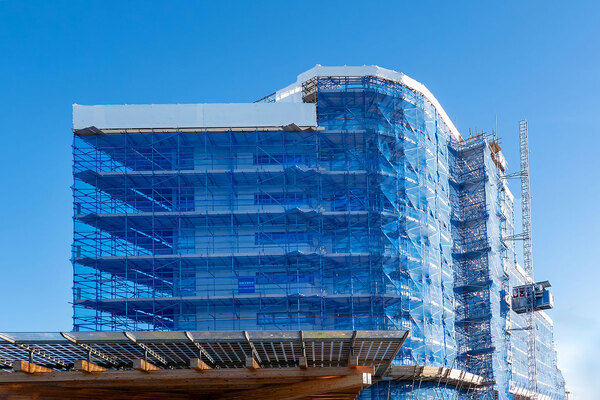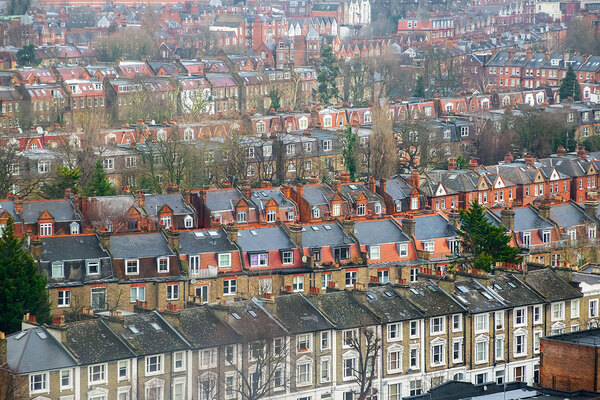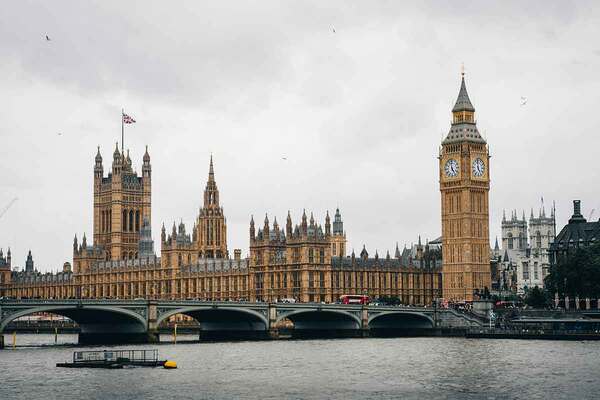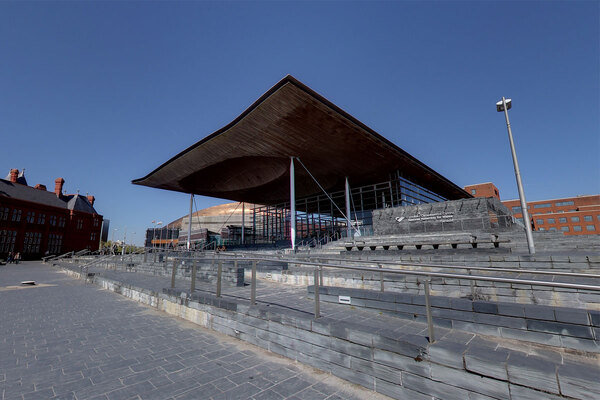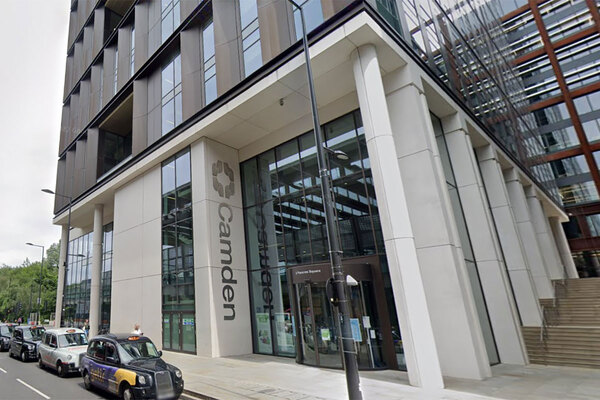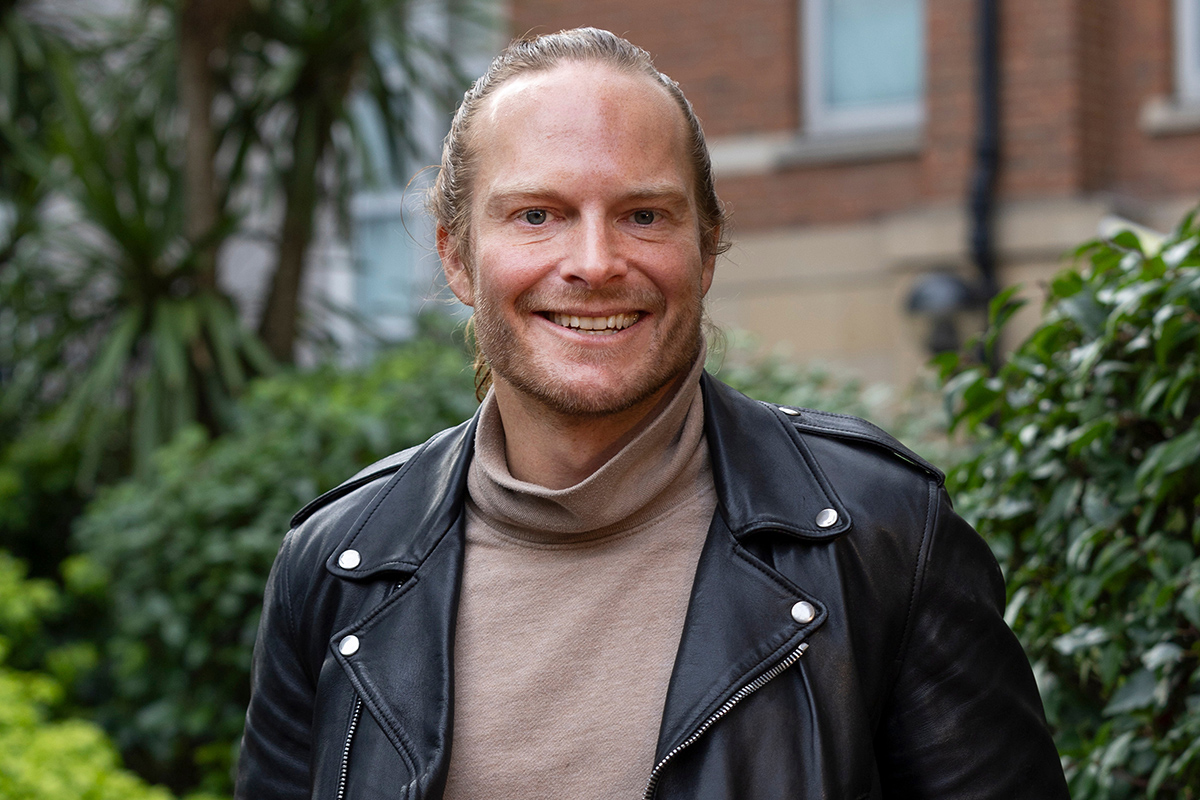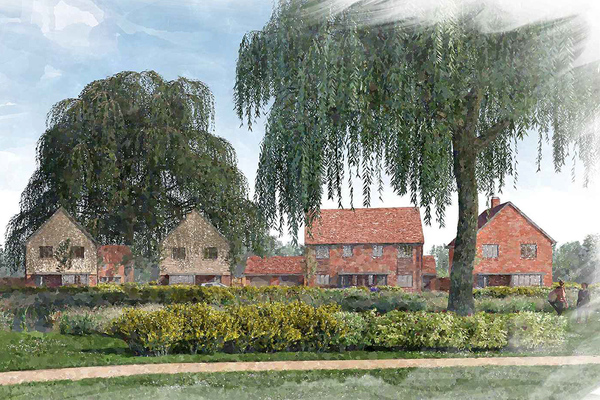Government doubles estimate of private blocks with dangerous cladding
There are more than twice as many private tower blocks with dangerous cladding than was previously thought, the government has confirmed.
James Brokenshire, the housing secretary, has announced new measures as the Ministry of Housing, Communities and Local Government admitted there are 297 private blocks with dangerous cladding, significantly more than the 138 it estimated last month.
The government added that it expects to confirm “a small additional number” to that figure.
Of the 297 tower blocks, only four have had cladding removed – around 1% of the overall figure. Another 17 have had work started.
In response, the government has said it will set up a new task force for remediation in the private sector, chaired by ministers and including the Local Government Association, National Fire Chiefs Council, London Councils, local authorities and industry representatives.
It also announced a new inspection team funded by £1m of government funding to support individual councils to ensure building owners take action on cladding.
Meanwhile, it plans to hold another industry round table next month for representatives to present their proposals on solutions to remove unsafe cladding.
Mr Brokenshire said: “The safety of residents is my main priority and fire and rescue services are working with building owners to ensure residents are safe now. But I want to see swifter progress in removing unsafe cladding which is why I have announced further action to support councils as they work with owners of high-rise blocks.
“I have been clear that leaseholders should be protected from unfair costs and we expect the industry to do the right thing. If they don’t, I will continue to explore other routes and I am not ruling anything out.”
The progress of cladding removal by social landlords has lagged, but private block owners have been far slower, with the process mired in legal battles over compliance.
While the government has promised to fully fund the replacement of cladding on social housing tower blocks, it has made no such commitment for private blocks.
In a development of 12 blocks with aluminium cladding, New Capital Quay in south-east London, the London Fire Brigade has told residents it does not have the power to force the removal of the cladding.
Many councils have also revealed to Inside Housing that they do not have any information on privately owned tower blocks.
Update at 8am on 29.6.2018
This story was updated to make it clear that New Capital Quay in south-east London is a development of 12 blocks, not one block as originally stated
